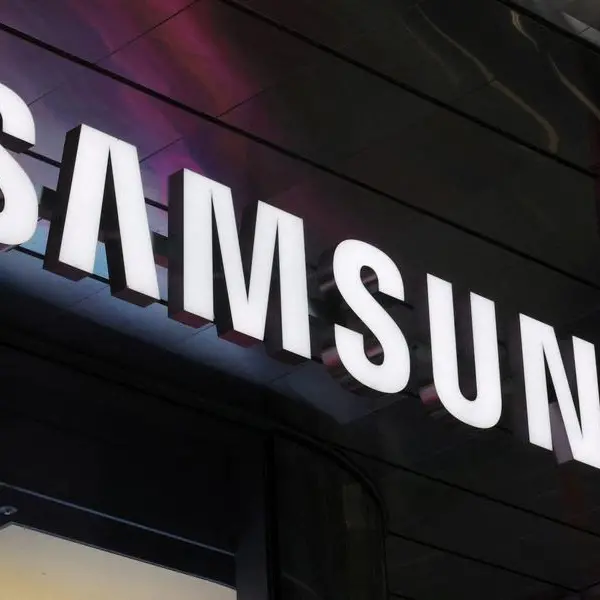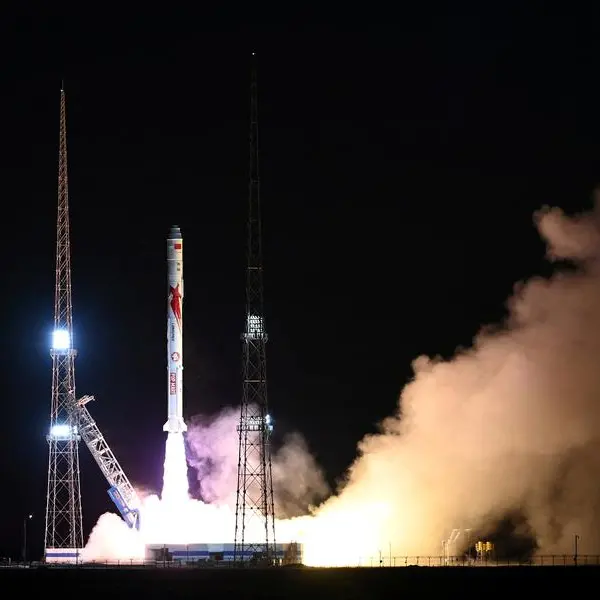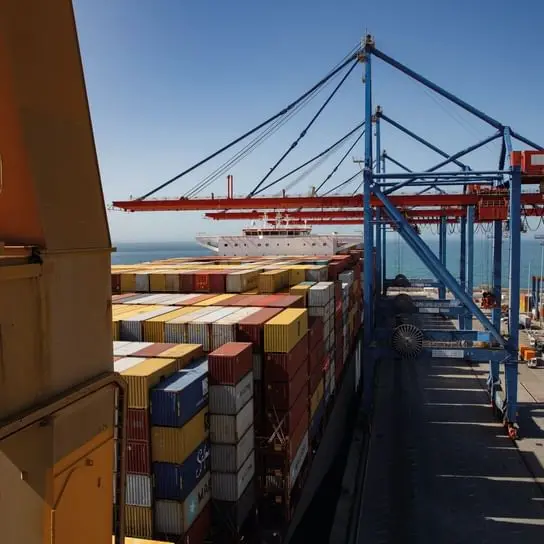PHOTO
Residential properties line the Sydney suburb of Birchgrove in Australia, August 16, 2017. Steven Saphore, Reuters
Australia's employment surged in August while its participation rate hit a record high and the jobless rate held steady, in a sign that decade-high interest rates have yet to soften demand in the drum-tight labour market.
However, the jobs gains, driven mostly by a jump in part-time employment, did not disrupt the interest rate outlook for the Reserve Bank of Australia as markets suspect the tightening campaign could well be over.
Figures from the Australian Bureau of Statistics on Thursday showed net employment rose 64,900 in August from July, when they fell by an upwardly adjusted 1,400. Market forecasts had been for an increase of around 23,000.
The jobless rate held steady at 3.7%, matching forecasts from analysts, while the participation rate surged to 67.0%, the highest since records began in 2013.
"Headline indicators report a very strong employment report, but the bias towards predominantly part-time employment should temper exuberance," said Dwyfor Evans, head of APAC macro strategy at State Street Global Markets.
"There is little here to move the dial for the Reserve Bank."
The Australian dollar, which briefly broke above $0.6450, unwound gains to steady at $0.6428. Markets maintained bets that the RBA would keep rates steady next month, with an about 40% chance of one final hike early next year.
The labour market has proven remarkably resilient with 410,700 net jobs added in the 12 months to August even as interest rates have climbed 400 basis points to an 11-year high of 4.1%.
Treasurer Jim Chalmers on Thursday welcome the strong jobs report, but warned that the labour market could slow from here, a consensus view among economists. The RBA expects the jobless rate to hit 3.9% by year-end and 4.5% by mid-2025.
"High interest rates, high but moderating inflation and continuing global uncertainty – particularly the slowdown in China – will inevitably weigh on our economy and our labour market in the year ahead," said Chalmers.
Adam Boyton, head of Australian research at ANZ, is already seeing signs of slackening in the labour market, with underemployment rate creeping up and hours worked falling.
"Despite the jump in headline employment we are left thinking the August labour force survey in its entirety isn't too different from our broad expectations," Boyton said.
"As a result, there is no change to our RBA view off the back of these data, we see the cash rate on hold at 4.1% for quite some time."
(Reporting by Stella Qiu; Editing by Kim Coghill and Sam Holmes)





















